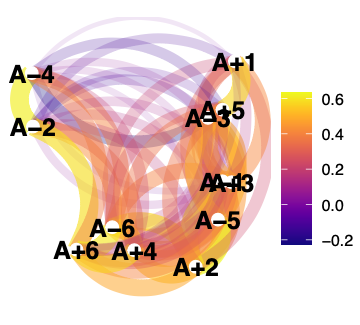Abstract
Changes in an organism’s environment, genome, or gene expression patterns ultimately lead to changes in its metabolome. The metabolic phenotype can be under selection and is known to contribute to adaptation. However, the networked and convoluted nature of the metabolome makes relating mutations, metabolic changes, and effects on fitness challenging. To overcome this challenge, we use the Long Term Evolution Experiment (LTEE) as a model to understand how mutations can transduce themselves through a cellular network, eventually affecting metabolism and perhaps fitness. We used mass-spectrometry to broadly survey the metabolomes of both ancestors and all 12 evolved lines and combined this with genomic and expression data to suggest how mutations that alter specific reaction pathways, such as the biosynthesis of nicotinamide adenine dinucleotide, might increase fitness in the system. Our work brings the field closer to a complete genotype-phenotype map for the LTEE and a better understanding of how mutations might affect fitness through the metabolome.
